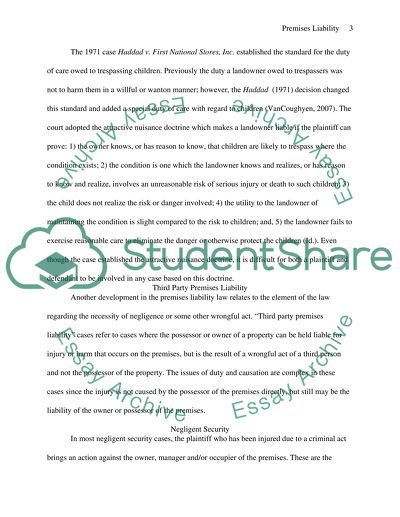Cite this document
(“Negligent Security & Premises Liability Research Paper”, n.d.)
Retrieved from https://studentshare.org/law/1415677-negligent-security-premises-liability-issues
Retrieved from https://studentshare.org/law/1415677-negligent-security-premises-liability-issues
(Negligent Security & Premises Liability Research Paper)
https://studentshare.org/law/1415677-negligent-security-premises-liability-issues.
https://studentshare.org/law/1415677-negligent-security-premises-liability-issues.
“Negligent Security & Premises Liability Research Paper”, n.d. https://studentshare.org/law/1415677-negligent-security-premises-liability-issues.


